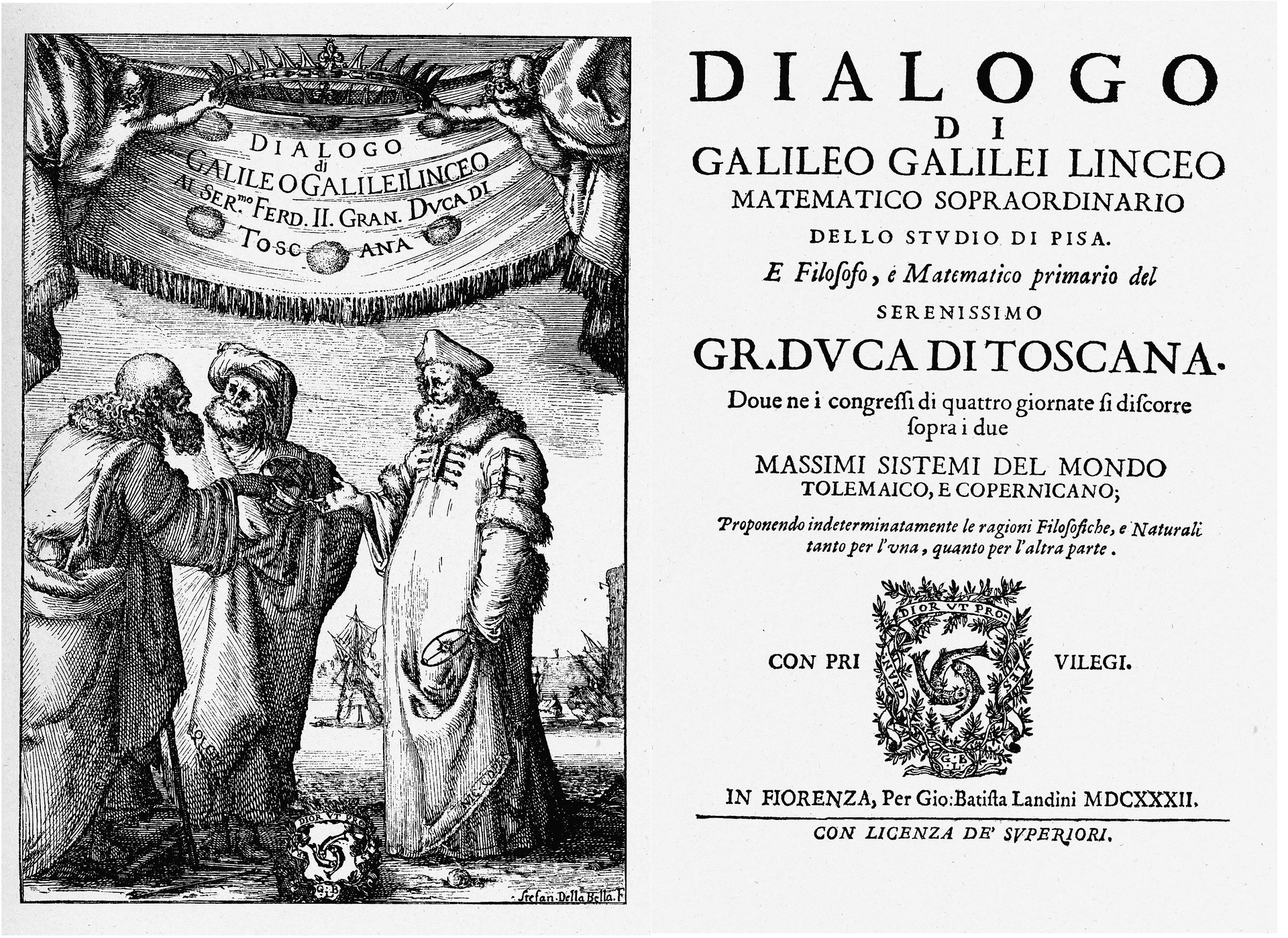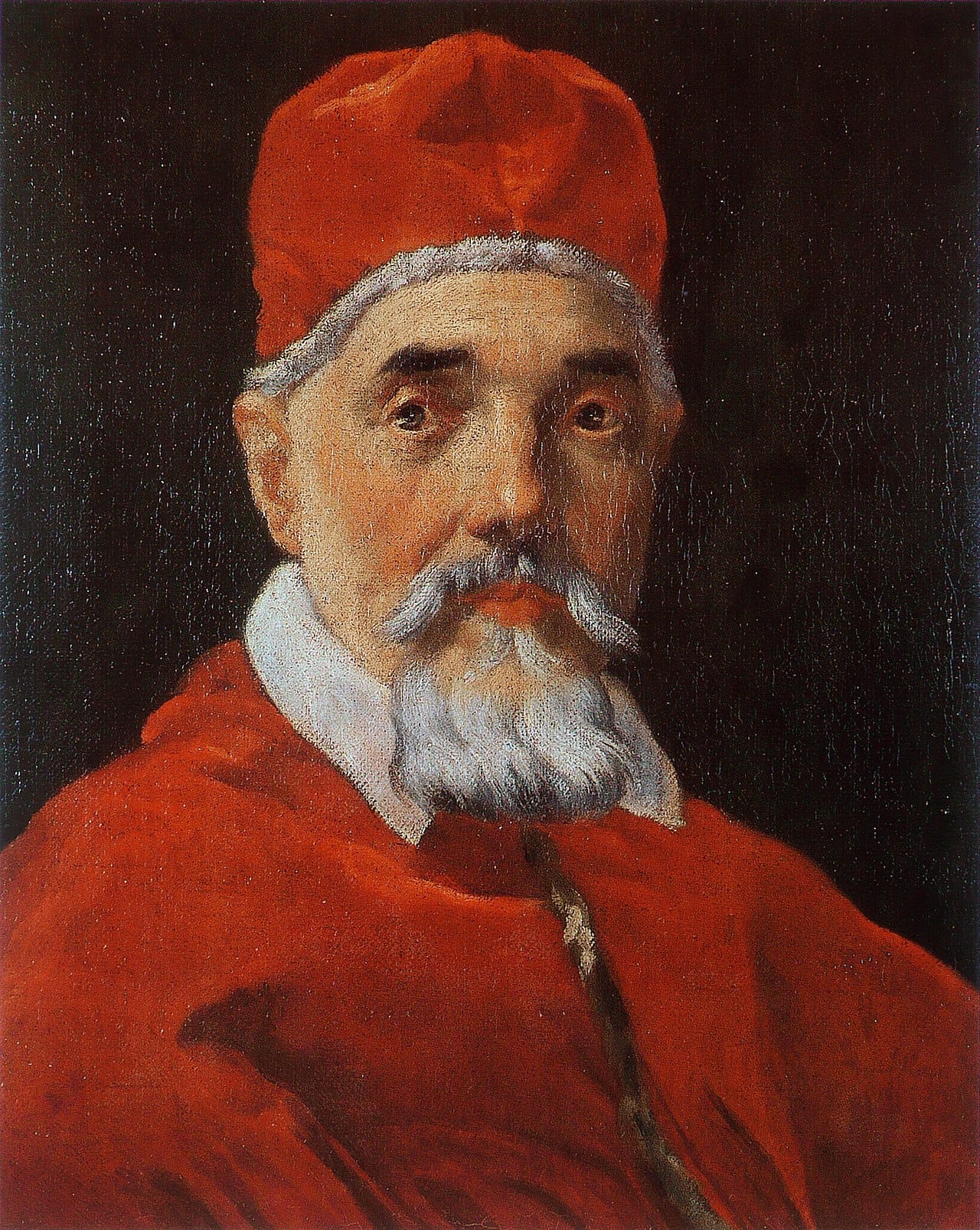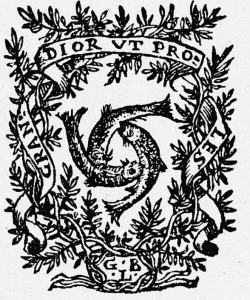Top Stories
The Case Against Galileo: A Book Excerpt
The sheer number of complaints, and the seriousness of some of the charges, were such that the pope might have been forced to take some action even under normal circumstances.

Galileo’s Dialogue on the Two Chief World Systems, Ptolemaic and Copernican was published in Florence in February, 1632. It was well received in scientific circles. But a number of rumors and complaints began emerging and circulating among clergymen and officials, especially in Rome. The most serious complaint was that the book violated a precept issued by the Inquisition to Galileo in 1616; this was the special injunction to stop holding, defending or teaching the Earth’s motion in any way whatever.
The Inquisition proceedings contain a notary memorandum dated February 26, 1616, which reads like a report of what happened on that day to implement the orders of Pope Paul V from the Inquisition meeting on the previous day. The document states that, first, Cardinal Bellarmine gave Galileo the informal warning to abandon Copernicanism (that is, to stop holding or defending the Earth’s motion as true or as compatible with Scripture); and immediately afterwards, Commissary Seghizzi issued Galileo the formal injunction. The charge was that Galileo’s just published book was a clear violation of this special injunction, for, whatever else the book did, and however else it might be interpreted, it undeniably taught, supported and defended the Earth’s motion, at least as a hypothesis; this transgression was aggravated by the fact that he had not disclosed this injunction to the officials who authorized the book’s publication, and so he could also be accused of deception.
To be sure, the memorandum did not bear Galileo’s signature, and this alone was suspicious. In fact, the factual accuracy of this document and the legal validity of the precept were questionable, since they conflict with all other documents and events. However, in 1632, some of these other documents were unknown or unavailable, and in any case such anti-Galilean critics had not noticed any conflicting evidence, but focused on this particular incriminating item. Under different circumstances, such legal technicalities could have been taken seriously. However, too many other difficulties were being raised about the book.
One of these other difficulties was that the book only paid lip service to the stipulation about a hypothetical discussion, which had represented Pope Urban’s (and Bellarmine’s) compromise. In reality, the book allegedly treated the Earth’s motion not as a hypothesis, but in a factual, unconditional and realistic manner, as a factual possibility or probability about physical reality.

This was a more or less legitimate complaint. But the truth of the matter is that the concept of hypothesis was itself ambiguous at that time and in that context. By hypothetical discussion, Urban meant treating the Earth’s motion merely as an instrument of prediction and calculation, rather than as a potentially true description of reality. On the other hand, Galileo took a hypothesis to be an assumption about physical reality, which accounts for what is known, and which may be true, though it has not yet been proved to be true.
Then there was the complaint that the book did not show the proper appreciation of divine omnipotence. Remember that this was the basis of Pope Urban’s favorite (and allegedly irrefutable) argument against the Earth’s motion, and that Galileo had complied with the request to include this argument in the book. The charge was that the argument is uttered by the character Simplicio, who is allegedly a fool, while the other two speakers do not express a sufficiently favorable assessment of the argument; and that the argument is not prominently displayed in the book insofar as it occurs in a passage (on the last page) that is hard to find and easy to miss.
There were also complaints involving alleged irregularities in the various permissions to print which Galileo obtained. For example, besides displaying the imprimatur for the city of Florence, the printed book displayed an imprimatur for the city of Rome. In fact, originally he had planned to have it published in Rome, but then there was an unavoidable change of venue, due partly to the death in 1630 of Galileo’s patron, Prince Federico Cesi, founder and head of the Lincean Academy, who was going to sponsor its publication. The change was also due to an outbreak of the plague in 1630–2, which made it almost impossible for the book manuscript to be sent back to Rome, after Galileo had returned home to Florence.
To add to all this, there were substantive criticisms of various specific points discussed in the book. Feelings had been hurt by some of Galileo’s rhetorical excesses and biting sarcasm, and malicious slanders circulated, suggesting that the book was in effect a personal caricature of the pope himself. One of these slanders stemmed from Pope Urban’s favorite argument, the divine-omnipotence objection to Copernicanism, being put in the mouth of Simplicio. Galileo was thought to be insulting Pope Urban by portraying him as a simpleton.

This complaint could be cleared up by pointing out that “Simplicio” was also the Italian name of the sixth-century Aristotelian philosopher Simplicius. Galileo himself had so stated in the book’s preface. Moreover, it would be natural and rhetorically proper to have Simplicio advance the divine-omnipotence objection, given that he is the interlocutor who defends Ptolemy and criticizes Copernicus.

Another malicious slander involved the image printed at the bottom of both the book’s frontispiece and the title page (see above). It depicts three fishes in a circular pattern, with the mouth of each fish touching the body of another. One rumor insinuated that this image was mocking the pope’s widely criticized “nepotism.” In fact, Urban had carried this practice to new heights by appointing several relatives to important positions: his brother Antonio Barberini, Sr., as cardinal, and eventually as secretary of the Inquisition; his nephew Francesco also as cardinal, and eventually as secretary of state; his nephew Antonio, Jr., also as cardinal; and his nephew Taddeo as governor of the city of Rome. Fortunately, this particular slander was easily and conclusively refuted when it was demonstrated that the image of the three fishes in a circular pattern was the long-standing logo of the book’s publisher, which usually appeared in all the books it printed.
The sheer number of complaints, and the seriousness of some of the charges, were such that the pope might have been forced to take some action even under normal circumstances. But Urban VIII was himself in political trouble due to his behavior in the Thirty Years’ War between Catholics and Protestants (1618–48). Given his especially vulnerable position, not only could Urban not continue to protect Galileo, but he chose to use Galileo as a scapegoat to reassert, exhibit and test his own authority, power and religious credentials.
In the summer of 1632, sales of the Dialogue were stopped, and unsold copies confiscated. The pope did not immediately send the case to the Inquisition, but took the unusual step of first appointing a special commission to investigate the matter. This three-member panel issued its report in September 1632, and it listed as areas of concern about the book all of the above-mentioned problems, except one—the slander about the image of three fishes, which by then had already been refuted. In fact, it is from the commission’s report that we learn about all these complaints that had been accumulating since the book’s publication. In view of the report, the pope felt justified in forwarding the case to the Inquisition.
Yet the report can also be read as leaving open the question of whether to prosecute Galileo, or merely have him revise the Dialogue. So perhaps Urban wanted to convey the impression that the report was unequivocal in recommending prosecution, which is what he said to the Tuscan ambassador to Rome. In other words, it is likely that Urban was mostly manipulating the proceedings, for various reasons. In part, he was probably trying to cover up his own permissivism and complicity in the writing and publication of the Dialogue. Urban may also have been acting on his perception that this book came close to formal heresy by its failure to treat the Earth’s motion hypothetically and show the proper appreciation for divine omnipotence; however misconceived and incorrect this perception was, it appears to have been genuinely and sincerely felt by Urban. So Galileo was summoned to Rome to stand trial.






